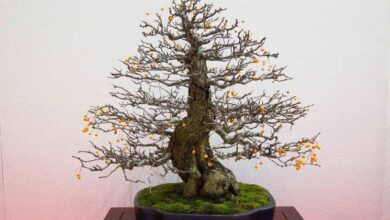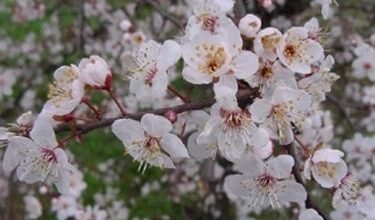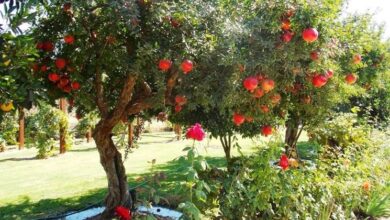Canada vine

Lives of Canada: its generalities

How to cultivate and maintain it
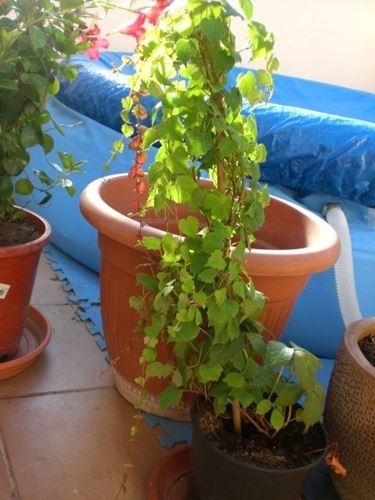
The Canadian vine, like all climbers, can be grown both in full soil and in pots. However, it is in full earth that he gives his best. Let’s see how to proceed, to create the plant that will lead your Canadian vine to become beautiful and luxuriant. Once you have established where to place the stem with the «bread» containing the roots, make a hole about 20 centimeters deep. On the bottom place a layer of gravel of 3 or 4 centimeters; this will ensure that the soil under the plant’s root system is well draining. Sprinkle mature manure on top of the gravel. Finally, place a layer of soil. Now place the bread containing the roots in the hole. Cover well with the earth and beat it lightly, without compacting it excessively,
What are his enemies and how to defend himself
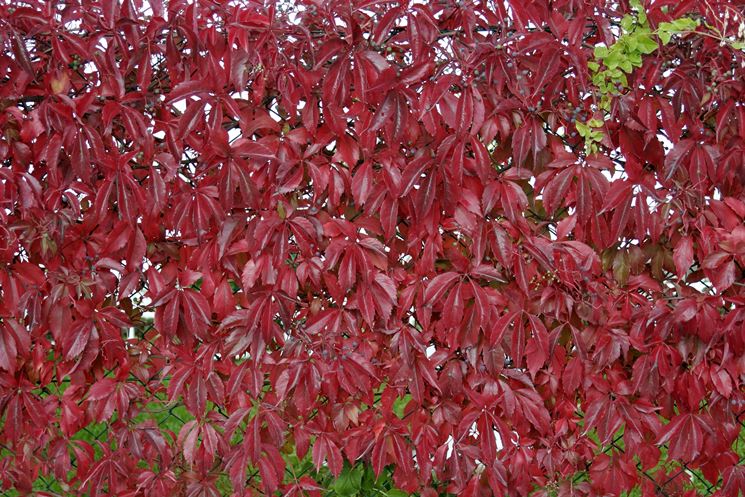
The Canadian vine, or Canadian vine, is a very strong plant, in some ways almost a weed. Its enemies are mainly «fungi» and parasites. The pathogen that triggers the greatest presence of fungi is powdery mildew, also called «white sickness». This real disease of the Canadian vine, manifests itself through a clearly visible white patina on the foliage. The affected parts must be removed immediately, before the disease spreads to neighboring areas. The leaves affected by the white disease are deformed, compromising the very life of the plant. It is good to intervene with a sulfur-based treatment to be sprayed on all the foliage, in order to prevent a further attack. The parasites that attack the Canada grapevine are common lice and mealybug.
Vine of canada: The properties
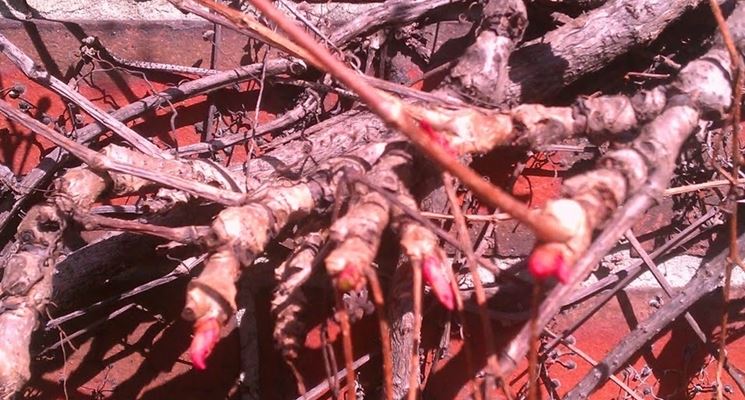
The Canadian vine is not just ornamental. In herbal medicine and homeopathy it is used for its properties. These are the gems that are used for the preparation of glycerin macerates. These extracts are useful in the treatment of osteoarticular problems, relieving pain and inflammation of all joints, especially shoulders and knees. In practice it is a sort of natural «cortisone» and in some cases, the macerate of the buds of the Canadian vine, is used to relieve painful problems due to mild forms of myalgia; as well as arthritic pathologies and spondylitis. The preparations of this plant, in the field of phytotherapy, have not been known for a long time but more and more people are benefiting from them. As always, nature gives us everything we need,

